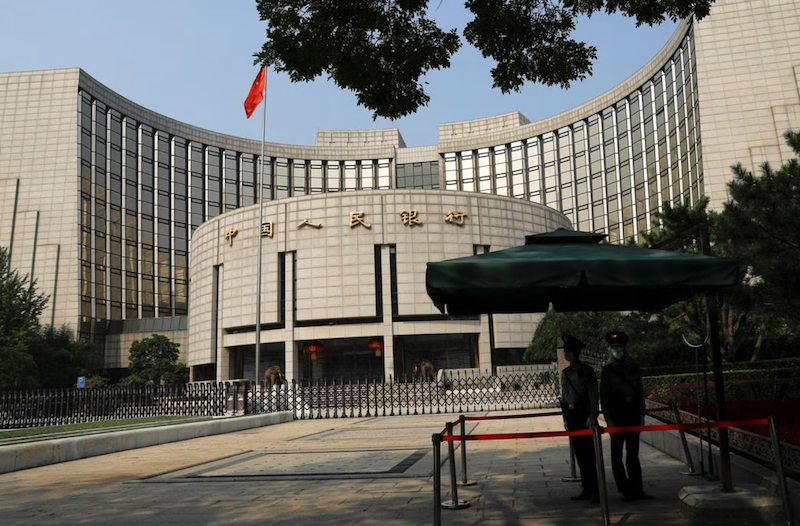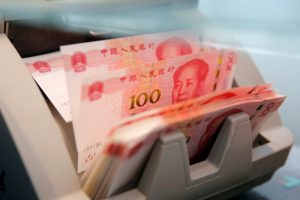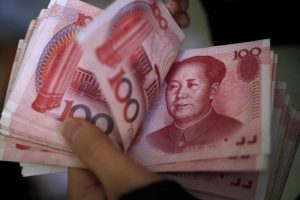China failed to spring any surprises as it held firm on its benchmark lending rates at its monthly fixing meet on Wednesday.
The decision came after the central bank kept its medium-term policy rate steady earlier last week but market watchers expect Beijing to deliver further monetary easing into the new year to support a sputtering economic recovery, as deflationary pressures push up real borrowing costs.
The one-year loan prime rate (LPR) was kept at 3.45%, while the five-year LPR was unchanged at 4.20%.
Also on AF: Chinese Car Exports to EU Seen Hit by Red Sea Ship Attacks
Most new and outstanding loans in the world’s second-largest economy are based on the one-year LPR. It was lowered twice by a total of 20 basis points in 2023.
The five-year rate influences the pricing of mortgages and is 4.20% now. It was lowered by 10 basis points so far this year.
In a survey of 28 market watchers conducted this week, all participants predicted no change in either the one-year or five-year LPR.
The steady fixings came after the central bank kept its medium-term policy rate unchanged, and the one-year LPR is loosely pegged to the medium-term lending facility (MLF) rate.
Market participants typically see changes in the MLF as a precursor to changes in the LPR.
The People’s Bank of China (PBOC) ramped up liquidity injections through medium-term policy loans last week, while keeping the interest rate unchanged.
The central bank injected a net 800 billion yuan ($112.22 billion) of fresh funds into the banking system through medium-term lending facility (MLF) loans, booking the biggest monthly increase on record.
Sluggish Property Market
“Although the PBOC avoided a reserve requirement ratio (RRR) cut in December and injected net liquidity at a record high … we still look for 20 basis points of rate cuts and 50 basis points of RRR cuts next year,” said Serena Zhou, senior China economist at Mizuho Securities.
“Furthermore, we expect the PBOC to prioritise guiding lower deposit rates rather than loan prime rates, considering the tight interest margins for most Chinese banks.”
Separately, some analysts said policymakers may need some time to evaluate the effects of recent fiscal support and renewed efforts to revive the sluggish property market.
“The most recent push for lower spreads which allows commercial banks to charge less for new housing loans in tier-one Shanghai and Beijing has yet to be fully felt and warrants observation before more aggressive declines in the reference rate,” said Bob Savage, head of markets strategy and insights at BNY Mellon Capital Markets.
The LPR, which banks normally charge their best clients, is set by 18 designated commercial banks who submit proposed rates to the central bank every month.
- Reuters with additional editing by Sean O’Meara
Read more:
Bank of Japan Seen Ready to End Negative Rates in Early 2024
China Asks Banks to Roll Over $13tn Local Debt at Lower Rates
China Holds Key Lending Rates as Economy Appears to Steady
China’s Big Banks Cut Rates, Prepare to Lower Mortgages






















